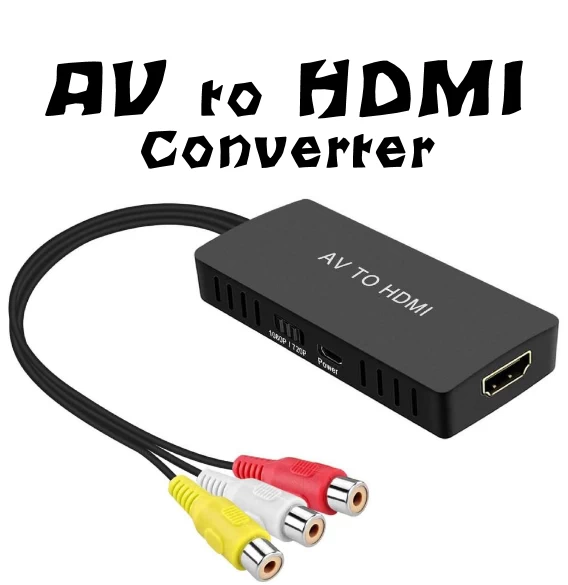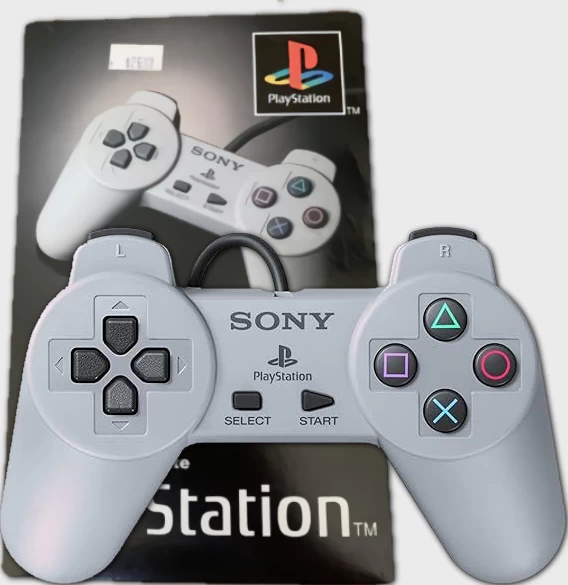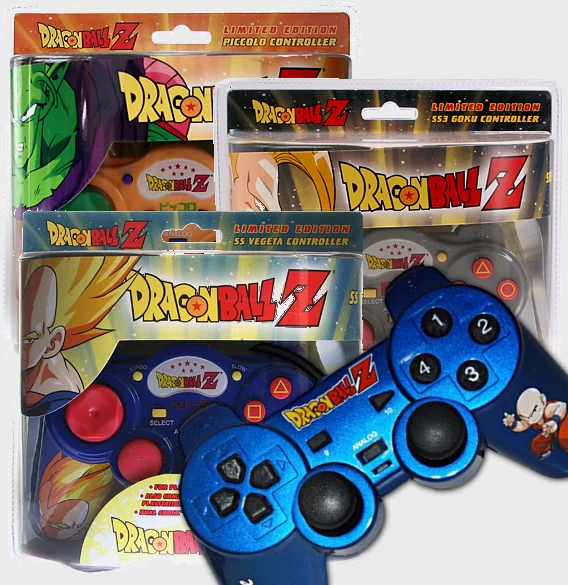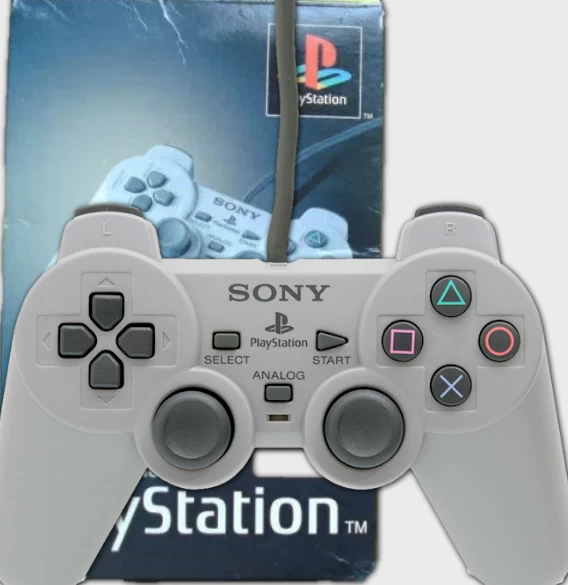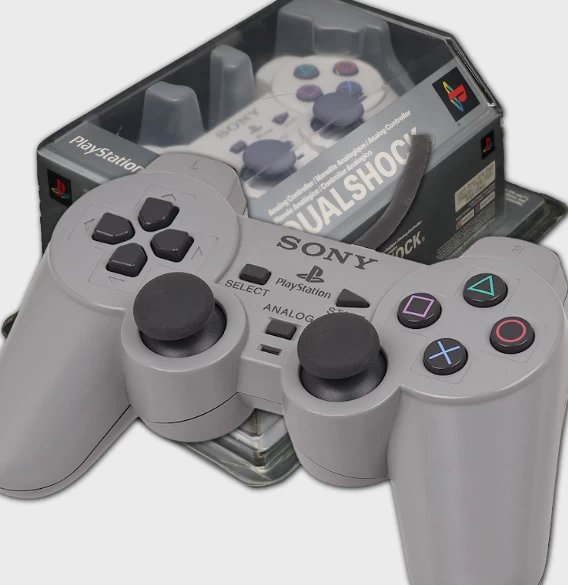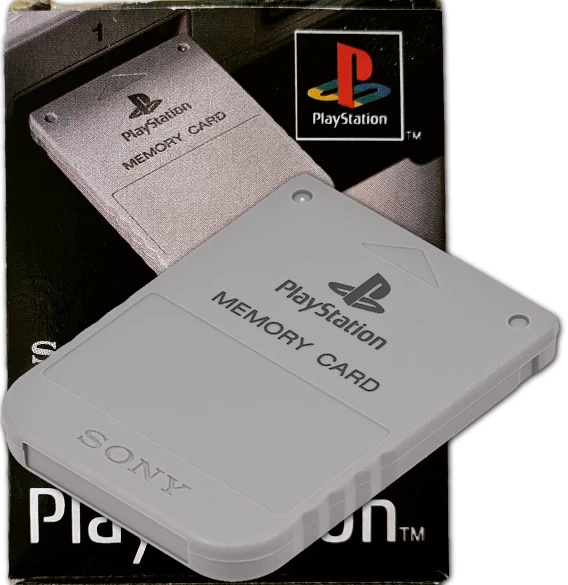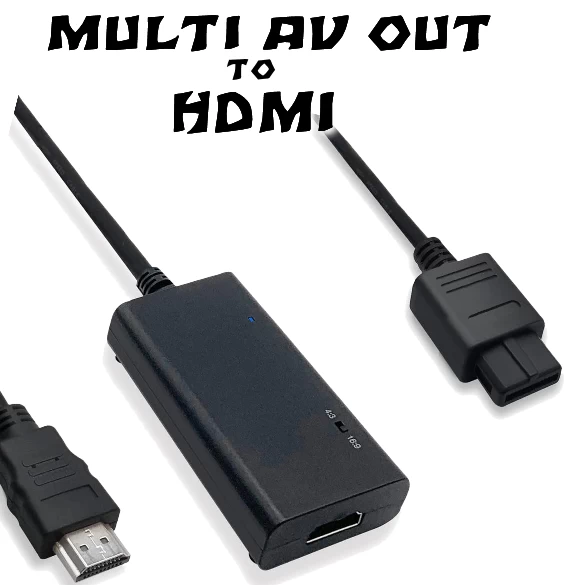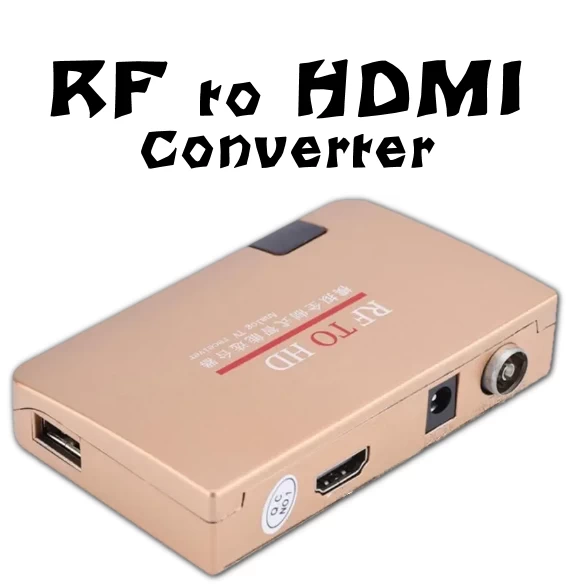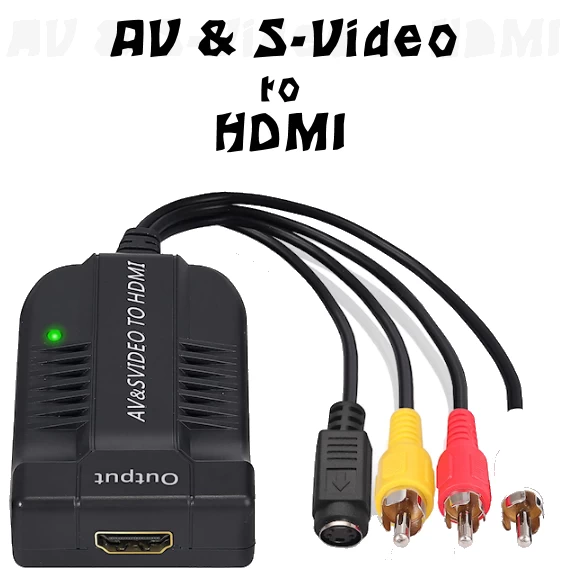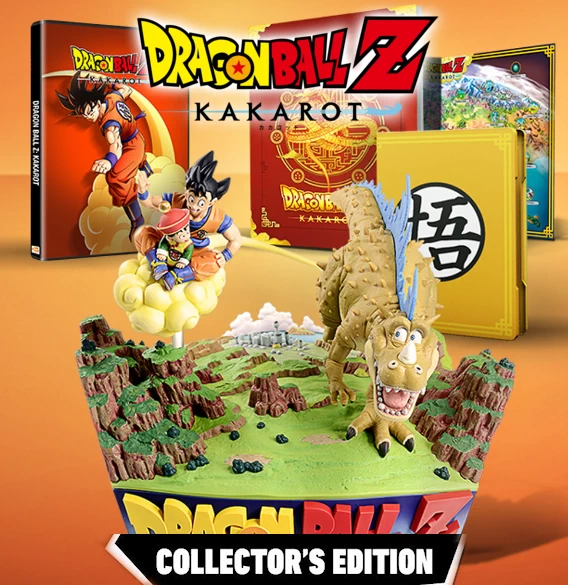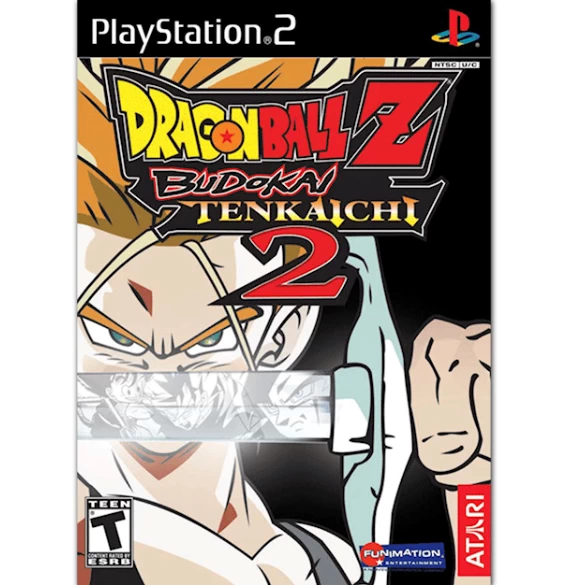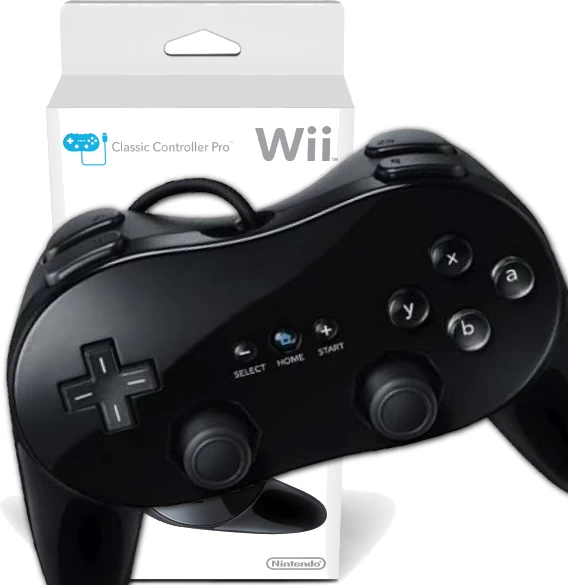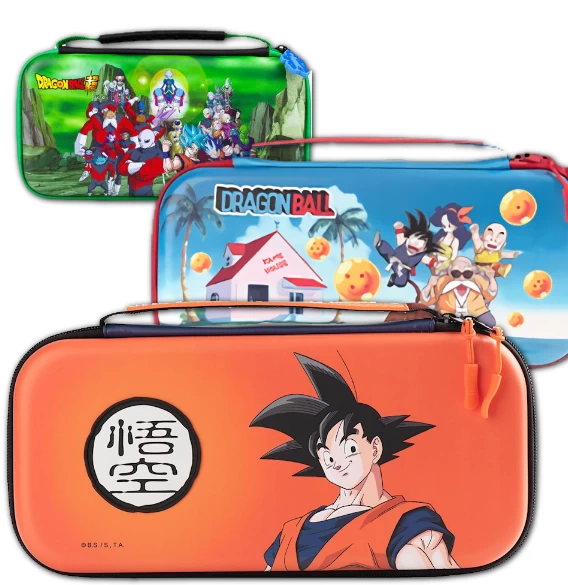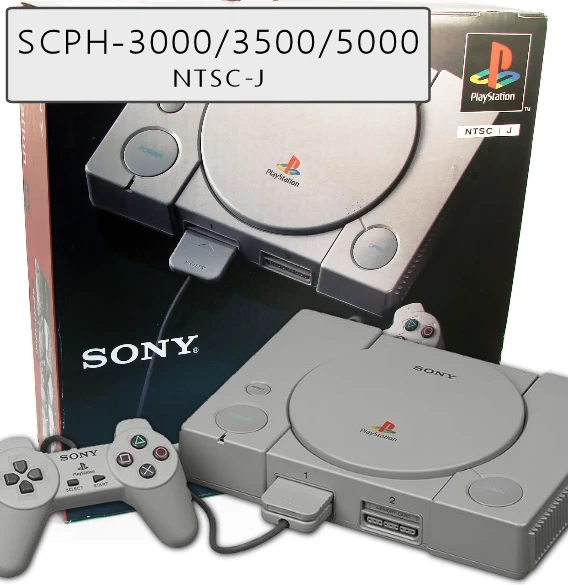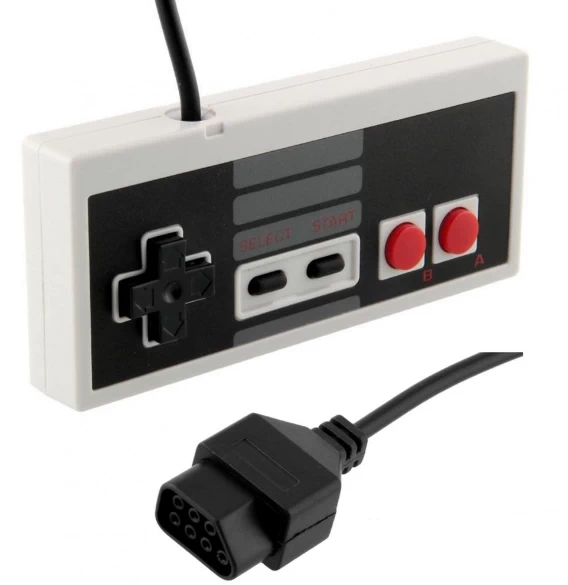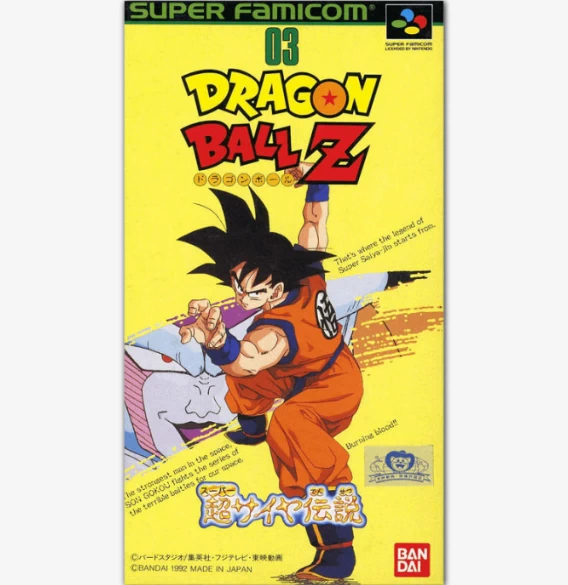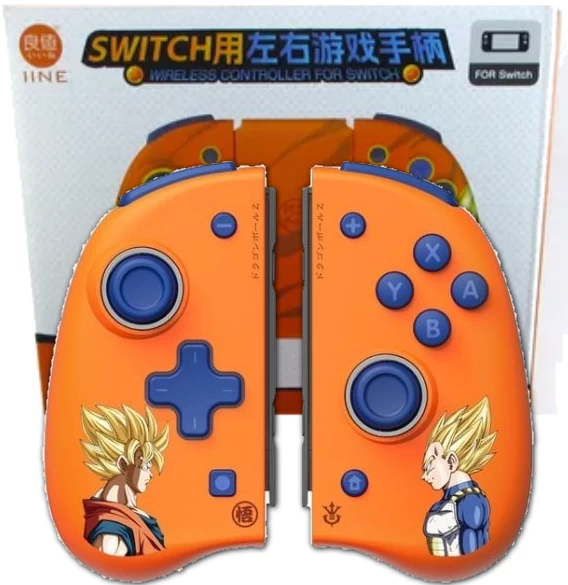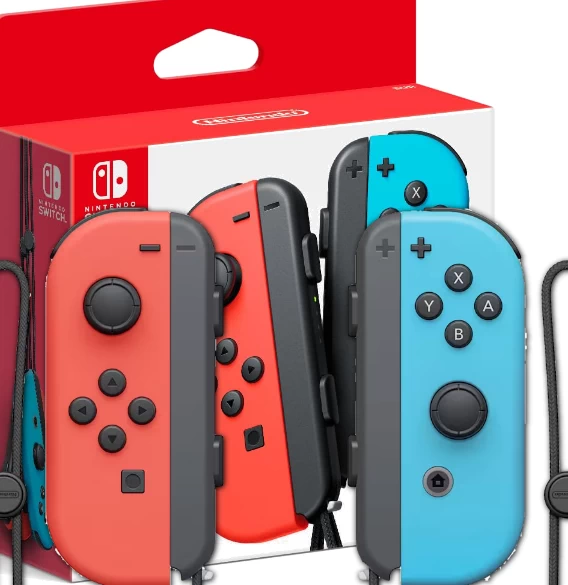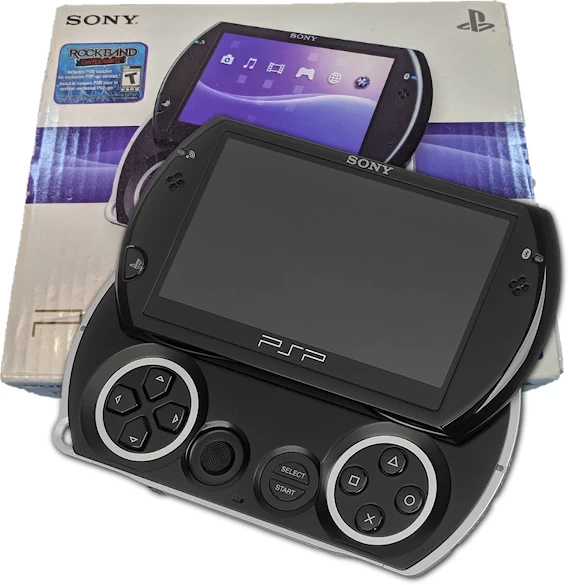All Dragon Ball Video Games for the PlayStation (PS1)
All PlayStation consoles and the complete list of Dragon Ball games that were released
Discover all the models released of the PS1, some peripherals and the 3 Dragon Ball games we had on the console
The PS1 was the first console released by Sony in 1994, and it was a total success. Dragon Ball could not be left out, releasing a total of 3 titles, including the loved and hated DBGT: Final Bout. All 3 games were fighting games.
The console was active for 12 years, during which 8 revisions or models were released, the last being the small 'PS one'. Here we will see them all, including a list of peripherals.
The Dragon Ball Z and DBGT games released for the PS1
The complete list of Dragon Ball games for the PlayStation 1 is quite short, as we only had 3 releases, all of them fighting games.
These games are in 2D, except for Final Bout, which was one of the first DB games to use polygonal characters and 3D stages for its battles.
Remember that games and consoles have regional locks: NTSC-J (Japan), NTSC-U/C (NA), PAL (EU, AUS), NTSC-J (Asia), and you must make sure that the game and console are from the same region.
The Different Versions and Models of the PS1 Console
To play PlayStation 1 games, you need a console that supports them. For this purpose, Sony released up to 8 versions of the console. The most distinguishable at a glance is the PS one, which was the only version to change the console’s visual design.
The versions are classified by model name: the SCPH-100X series, the SCPH-300X series, the SCPH-550X series, the SCPH-5903, the SCPH-700X series, the SCPH-750X series, the SCPH-900X series, and the PS one (SCPH-10X). Within each series, there is a unique regional model.
Each higher model includes fewer ports and connections than the previous one, but improves the motherboard, disc drive, and GPU. The PS one is the best in durability, performance, graphics, and efficiency, while the SCPH-100X series allows adding the most auxiliary components since it includes all ports.
Remember that to prevent piracy and cross-region trade due to licensing, the console’s compatibility depends on the region. The regions are:
-
NTSC-U/C: North America, Central America, South America, and parts of Asia.
-
NTSC-J: Japan and some regions of Asia.
-
PAL: Europe, Australia, and parts of Asia.
-
NTSC-K: South Korea.
To bypass these restrictions imposed by Sony, today you need a disc that allows you to boot games from other regions or modify your console with a chip for that purpose. But remember, this is only for collecting purposes and not for piracy.
PSX accessories and peripherals to play Dragon Ball
You might already have a console from when you were a kid, or have inherited one from a friend or family member, or maybe you bought it second-hand, but... you’re still missing some accessory or peripheral to be able to play with it, like an adapter for a modern TV, a controller...
So here’s a list of things you might need to play your almost retro console on a modern television.
AV to HDMI - Video Output Converter
AV to HDMI - Video Output Converter
With this accessory, you can convert the AV output of your console to HDMI for modern TVs.
Multi AV Out to HDMI - Video Output Converter
Multi AV Out to HDMI - Video Output Converter
With this accessory, you can convert your retro console’s Multi AV Out to HDMI for modern TVs.
S-Video & AV to HDMI - Video Output Converter
S-Video & AV to HDMI - Video Output Converter
With this accessory, you can convert the AV output and S-Video output of your retro console to HDMI, allowing you to use it on modern TVs.
More complete lists of Dragon Ball games and video games.
We also have more complete lists of Dragon Ball games and video games cataloged by their gaming platform, including Board Games, PlayStation, Nintendo NES, etc.
Here are some of the Dragon Ball games and video games we have for you:
Discover some of the Dragon Ball games, video games, consoles, and collectible accessories. From the iconic NES and GameBoy to the latest PC, PS5, and X-BOX titles, as well as the timeless board games.
Dragon Ball Z: Kakarot - Collector’s Edition
Dragon Ball Z: Kakarot - Collector’s Edition
Dragon Ball Z: Kakarot – Collector’s Edition was released on the same day as the base game, but only for those who had pre-ordered it. This was the most complete edition available at launch, as it included the base game, all content from the Deluxe and Ultimate Editions, and exclusive physical content: access to the first Season Pass with two extra episodes based on Dragon Ball Z: Battle of Gods, permanent cooking item upgrades, the Additional Music Pack with 11 anime songs, and an exclusive travel item to move around the map during exploration and missions: Tao Pai Pai’s Pillar.
As additional physical content, it included a Dragon World map, a decorative steelbook case, an art book, and a diorama figure featuring Gohan, Goku, and the Dinosaur.
Dragon Ball Z: Budokai Tenkaichi 2
Dragon Ball Z: Budokai Tenkaichi 2
Dragon Ball Z: Budokai Tenkaichi 2 is the 7º Dragon Ball game released for the PS2 in 2006. The game was also released for other consoles, such as the Wii, although that version had some differences.
It is the second fighting game in the most famous 3D fighting saga of DBZ, the Sparking or Tenkaichi Budokai series. In its Story Mode, you can play through nearly all the battles from DB, DBZ, and DBGT.
The game features up to 135 playable characters (16 more in the Wii version). Some of the characters exclusive to the Wii are: Appule, Cyborg Tao, Demon King Piccolo, and Frieza Soldier.
A great game that was only surpassed by Tenkaichi 3.
PlayStation (SCHP-3000/SCHP-3500/SCHP-5000) | NTSC-J
PlayStation (SCHP-3000/SCHP-3500/SCHP-5000) | NTSC-J
The PlayStation models SCPH-3000, SCPH-3500 and SCPH-5000 were the first revisions or models released by Sony for the PS1 in 1995, aimed at fixing issues from the SCPH-1000.
These models belong to the SCPH-300X series, being the second group in the series and with exclusive distribution in Japan, supporting only NTSC-J games.
These models are notable for including the video ports S-Video and RFU. In addition, they also feature the extra ‘serial’ port, making them the consoles with the most ports or connectors.
These models corrected the factory graphical errors in the motherboard and GPU ‘PU-7’ of the SCPH-1000, replacing them with a new ‘PU-8’ board, the same used in the SCPH-1001 and SCPH-1002 models released in NA and EU.
The SCPH-300X series (its 2 models) includes the same connectors as the SCPH-100X series: RCA video output, 2 controllers, 2 memory cards, a parallel port, SGRAM for the GPU, and the internal power supply.
Dragon Ball Z: The Legacy of Goku II
Dragon Ball Z: The Legacy of Goku II
Dragon Ball Z: Super Saiya Densetsu
Dragon Ball Z: Super Saiya Densetsu
Dragon Ball Z: Super Saiya Densetsu is the first Dragon Ball Z game released for the Super Nintendo and Super Famicom, although it only came out in the Japanese region in 1992.
It is a turn-based card battle RPG, where players explore the map to obtain new cards while progressing through the story and engaging in battles. Its story covers events from Raditz’s arrival to Frieza’s death on Namek.
As a fun fact, this game is actually a compilation port from NES to SNES of the games Dragon Ball Z: Kyōshū! Saiyajin (1990) and Dragon Ball Z II: Gekishin Freeza!! (1991) released for the Famicom in Japan. For more details, check the section with all Nintendo NES games.
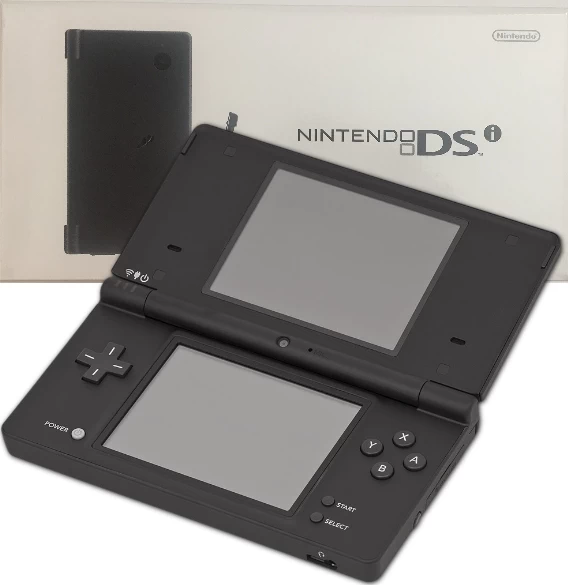
Nintendo DSi
Nintendo DSi
The Nintendo DSi takes handheld gaming a step further, with two built-in cameras, a larger screen, and access to the DSiWare store. A perfect console for those seeking entertainment and creativity.
PSP Go (PSP-N1000)
PSP Go (PSP-N1000)
The PSP Go (PSP-N1000) is the version that completely breaks from the design of its predecessors, changing, among other things, the button layout. The screen is smaller, it has no UMD drive, so it can only play downloaded games, and for that reason, it has the largest internal storage of the four models, with 16 GB.

